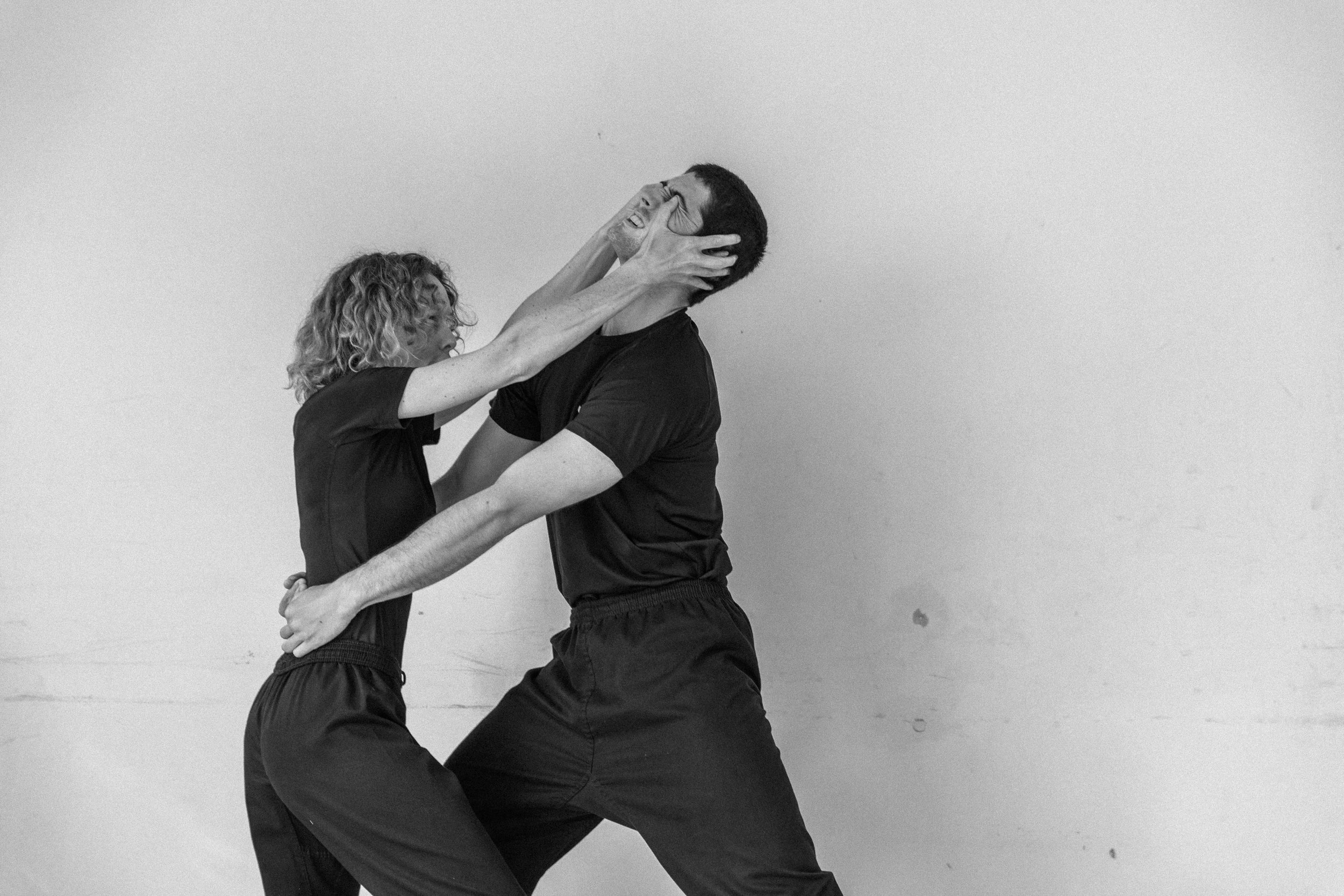The Fundamentals of Self-Protection: A Guide to Personal Security and Self-Defence
In the realm of personal safety, the concept of self-protection is paramount. This approach encompasses two critical areas: Personal Security and Self-Defence, both of which are essential for a well-rounded understanding of how to protect oneself in various situations. This guide delves into the nuances of these concepts, offering insights into their importance and application.
Personal Security: The Soft Skills
Personal Security is often referred to as the "soft skills" side of self-protection. This aspect focuses on preventative measures and techniques that can help avoid physical confrontations altogether. Key components include:
Awareness: Being cognizant of your surroundings and potential threats.
Avoidance: Steering clear of situations or locations that could pose a danger.
De-escalation Techniques: Using verbal and non-verbal communication to defuse potentially volatile situations.
Understanding UK Law: Knowledge of legal rights and responsibilities in self-defence scenarios.
Personal Risk Assessments: Evaluating situations to determine the level of risk and the best course of action.
Understanding Non-consensual Violence: Recognizing the dynamics and implications of involuntary engagement in a physical altercation.
Understanding Fear: Learning how fear affects the body and mind, and strategies to manage it effectively.
Self-Defence: The Physical Skills
On the other side of the self-protection spectrum is Self-Defence, the "physical skills" necessary when avoidance and de-escalation have failed, and a physical response is required. This includes:
Pre-emptive Strikes: Learning to strike first if an attack is imminent.
Self-Defence Ranges and Tools: Understanding the distance and tools (e.g., palm strikes, elbows, knees, clinch) most effective in different scenarios.
Tactics: Strategies that differ from those used in a sportive context, tailored for real-life confrontations.
Fear Management through Live Action Drills: Practical exercises designed to help individuals manage fear and respond effectively under pressure.
The Intersection of Martial Arts Training and Self-Defence
Martial arts training, while often associated with sport, plays a crucial role in the development of self-defence capabilities. The distinction between sport (consensual violence with rules and objectives) and self-defence (non-consensual violence, unpredictable and chaotic) is important. Martial arts fundamentals not only enhance physical fitness and strength but also provide a strong foundation for effective self-defence techniques. The key thing to remember throughout is that sport and self-defence are different skills!
For Beginners
Beginners will learn the fundamentals of martial arts, including fighting stances, footwork, generating striking power, and various strikes (punches, palm strikes, elbows, etc.), along with basic clinch work, takedowns, and ground fighting techniques.
For Experienced Martial Artists
Experienced martial artists will refine their striking techniques, power generation, clinch work, throws, and ground fighting, with an emphasis on applications in self-defence scenarios. Strategies for dealing with multiple opponents will also be covered.
Universal Training Components
All participants, regardless of their experience level, will engage in live scenario drills to train their responses to fear and learn about personal security, avoidance tactics, de-escalation techniques, and effective pre-emptive strikes from a "social" stance.
Conclusion
The integration of Personal Security, Self-Defence, and martial arts training forms a robust foundation for personal safety and confidence. By understanding and applying the principles of self-protection, individuals can significantly enhance their ability to navigate and respond to potentially dangerous situations effectively. This guide underscores the importance of a holistic approach to self-defence, emphasizing both the soft and physical skills necessary for comprehensive personal protection.


